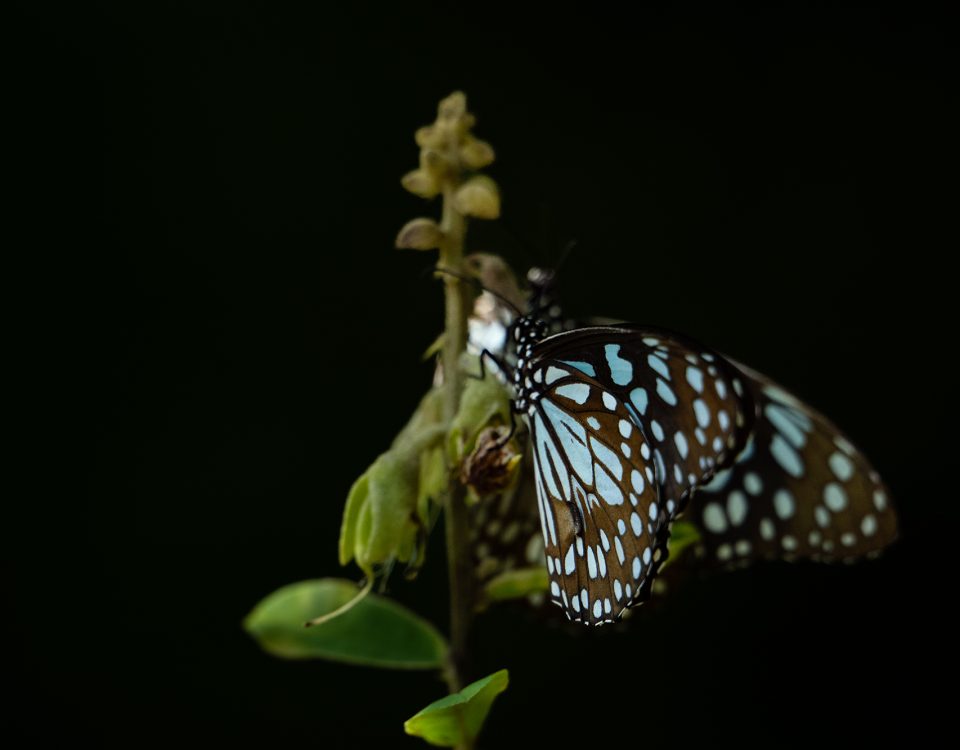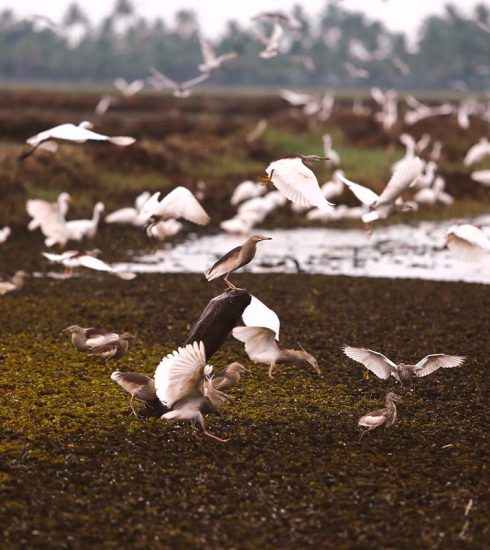The Butterfly Garden: A Sanctuary for Nature’s Winged Wonders ft. Coconut Lagoon
A walk inside the butterfly garden will invite you to a world of colours futtering, and dancing among th verdant landscapes, the butterfly garden stands as a testament to ecological harmony and biodiversity. Established over 20 years ago, this garden represents the first initiative of its kind by CGH Earth. Its creation was inspired by the passion of a former naturalist, P. Manoj, whose expertise in butterflies paved the way for this flourishing sanctuary.
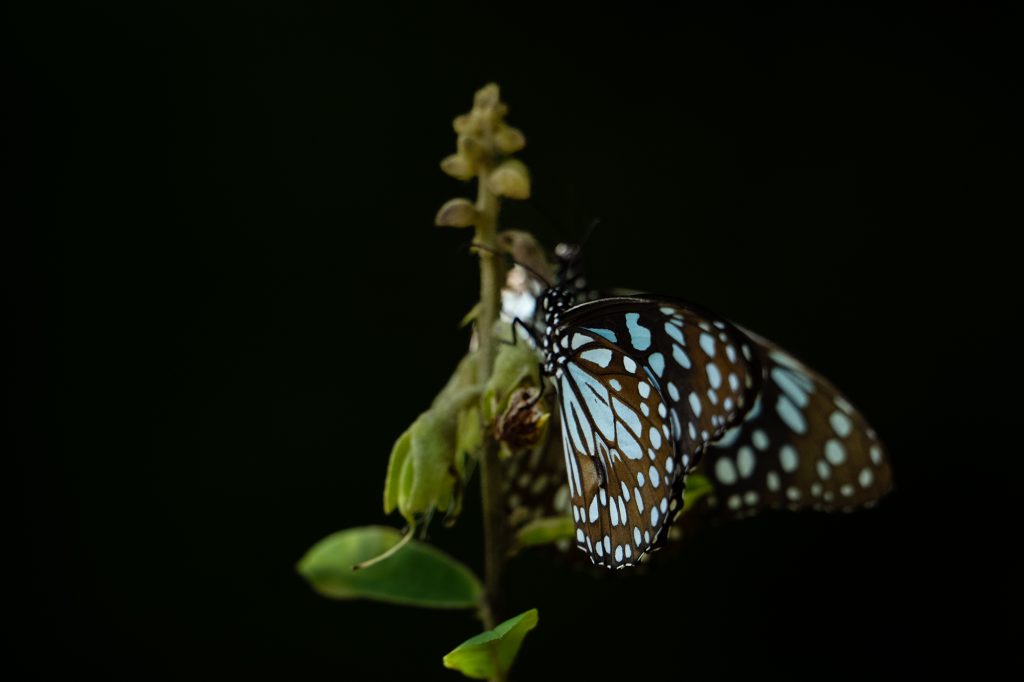
The Concept of the Butterfly Garden
The butterfly garden was meticulously designed to attract and sustain a variety of butterfly species. At its core lies the concept of host and nectar plants, essential for the survival and lifecycle of butterflies. Every species of butterfly has specific host plants on which they lay their eggs. Once hatched, the caterpillars feed on these plants before transforming into pupae and, eventually, adult butterflies. Nectar plants, on the other hand, provide sustenance for adult butterflies through their flowers.
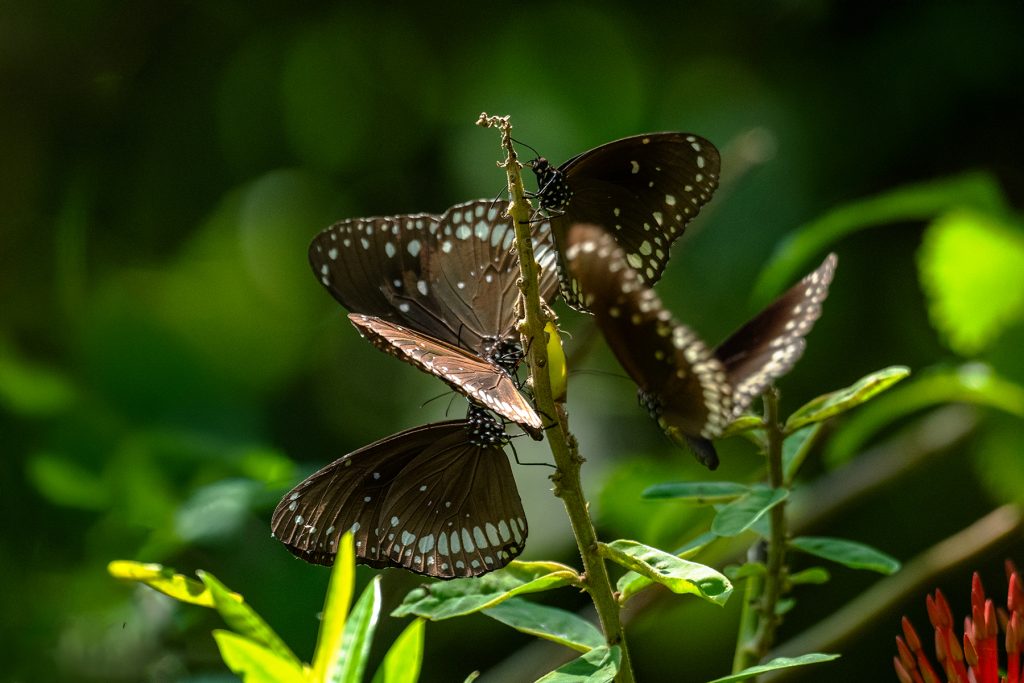
In this garden, plants such as curry leaf, lime, and cassia species—known to support butterflies like the southern birdwing, blue mormon, and orange tip—have been carefully cultivated. These plants not only support the lifecycle of butterflies but also create an inviting habitat that encourages them to thrive.
A Symphony of Species
The garden is home to an impressive 90 species of butterflies, including some of the most captivating ones. Among these are the southern birdwing, India’s second-largest butterfly, and other striking species such as the blue tiger, glassy tiger, common crow, and plain tiger. The butterflies’ presence is not confined solely to the garden; they can often be spotted across the property, enhancing its natural beauty.
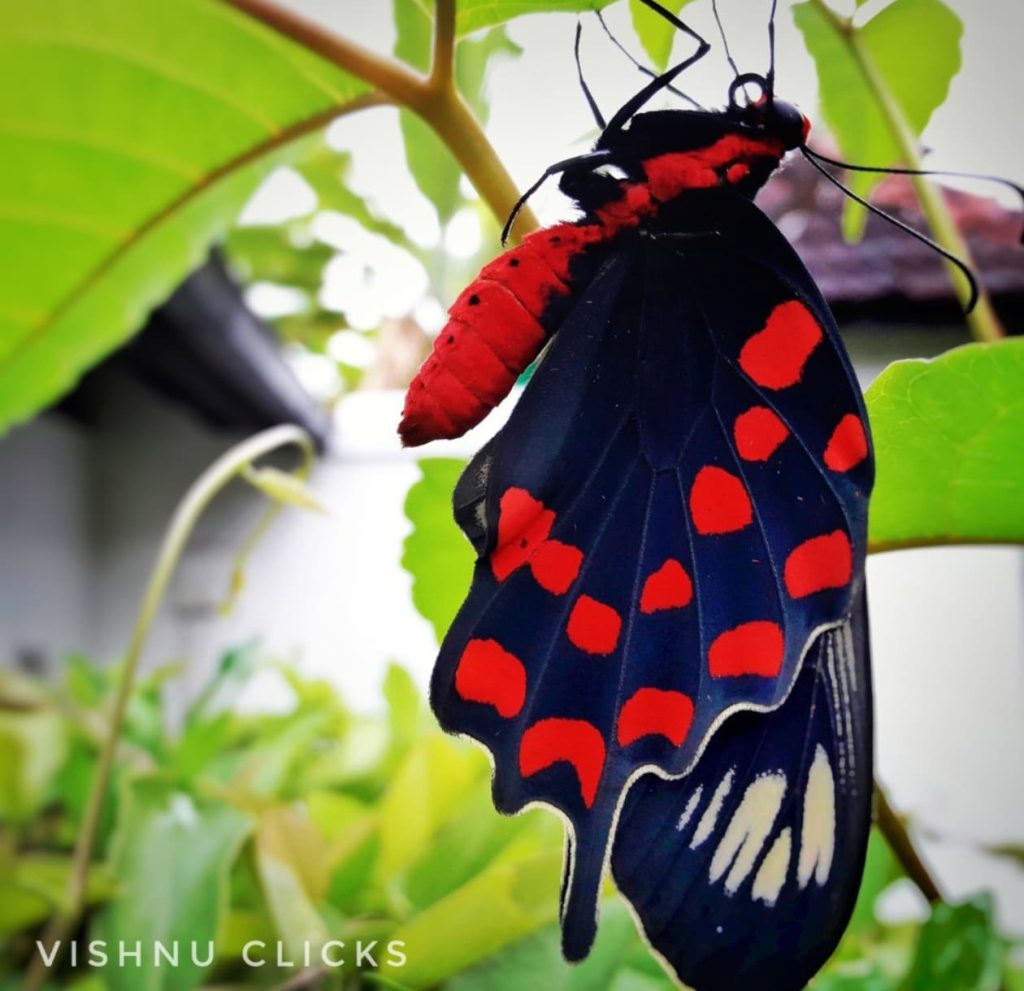
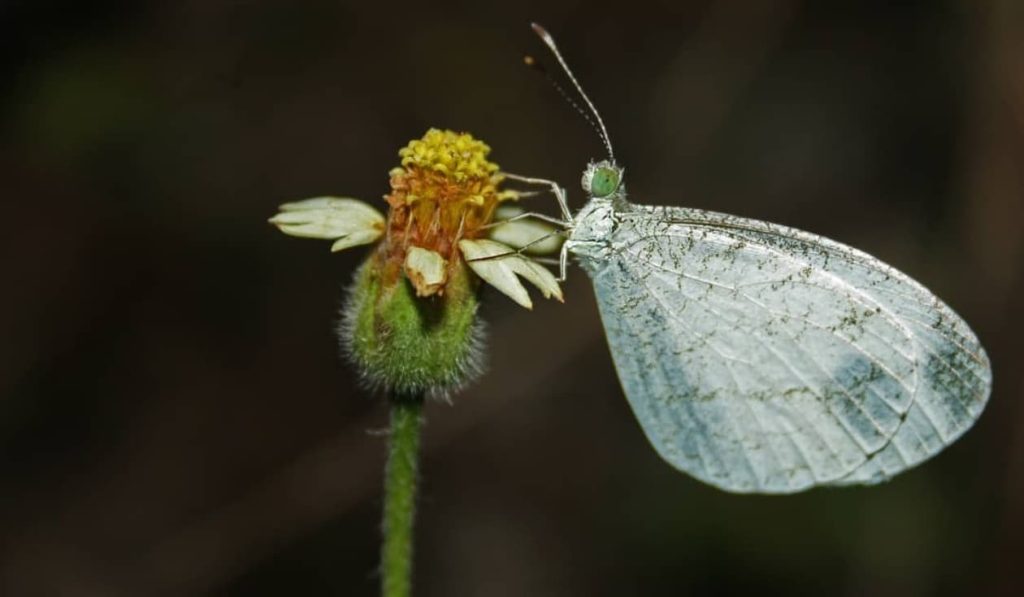
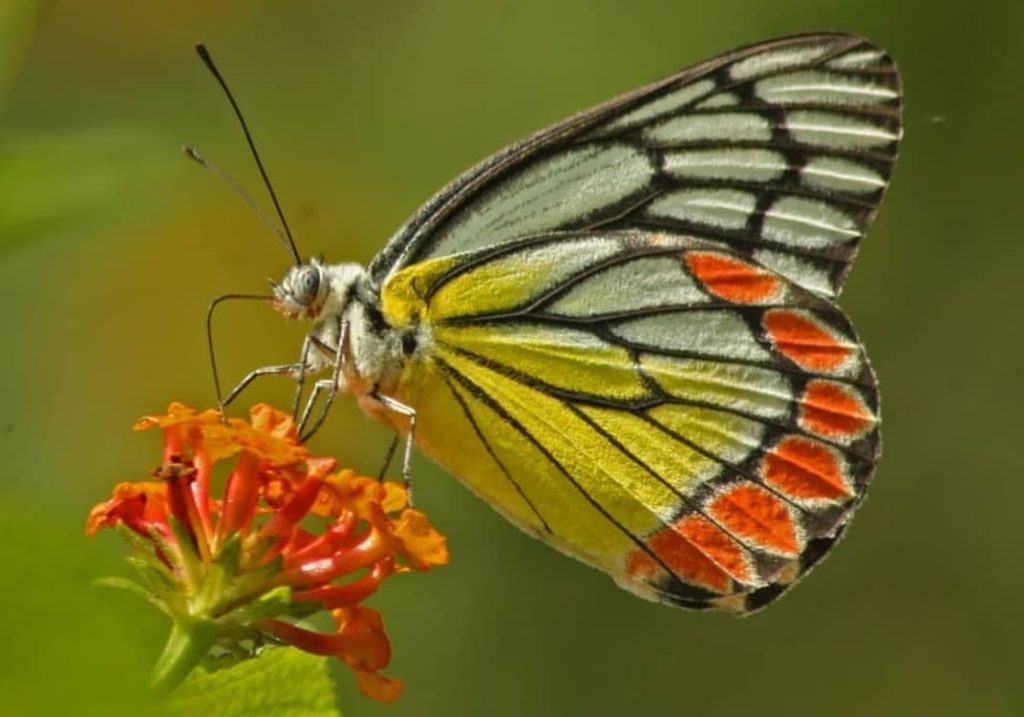
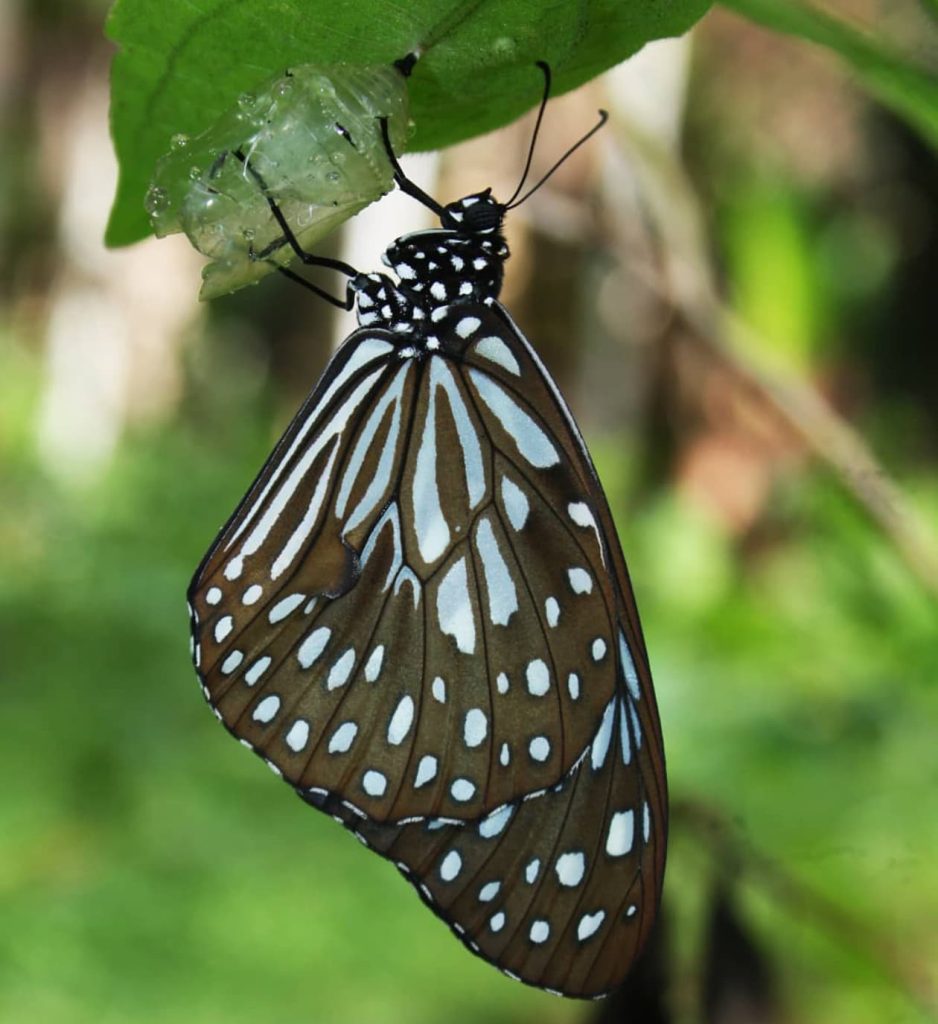
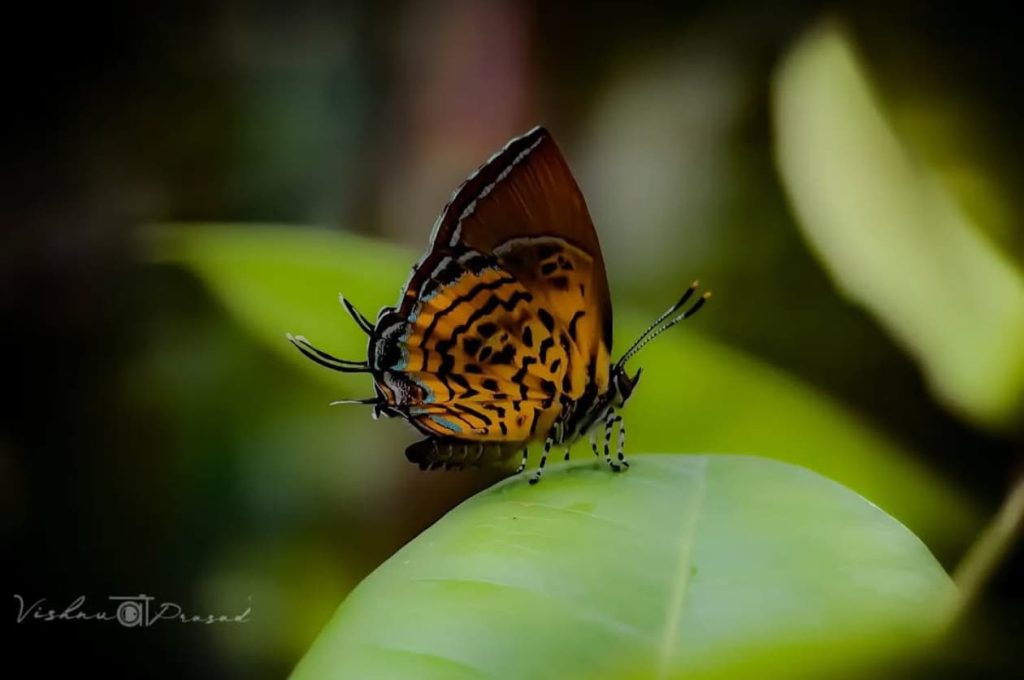

Fascinating Facts About Butterflies
The lifecycle of a butterfly is a marvel of nature. From laying eggs on the underside of leaves to shield them from the sun, to caterpillars feeding on their own eggshells before consuming leaves, each stage of their development is extraordinary. The transformation from caterpillar to pupa, and finally to an adult butterfly, involves dramatic changes, including the development of wings and the conversion of their mouthparts into a tube-like proboscis for sipping nectar.
Butterflies also exhibit unique behaviors such as mud-puddling, where they gather around wet soil, bird droppings, or even elephant dung to extract essential minerals. Some species have developed symbiotic relationships with ants; for instance, the caterpillars of the Lycaenidae family produce honey-like secretions that attract ants, which, in turn, protect them from predators.
The Garden’s Role in Conservation
Creating and maintaining the butterfly garden is a delicate process. It requires avoiding the use of pesticides entirely, as these chemicals can deter or harm butterflies and other beneficial insects. The emphasis is on natural methods of care, fostering a balanced ecosystem where butterflies can flourish.
This garden not only supports the preservation of butterfly species but also serves as an educational platform, enlightening visitors about the importance of these pollinators in maintaining ecological balance. By observing butterflies up close, guests gain a deeper appreciation for nature’s intricate designs and interdependencies.
A Lasting Legacy
The butterfly garden is more than a collection of plants and insects; it is a thriving ecosystem that reflects CGH Earth’s commitment to sustainability and biodiversity. It invites visitors to pause and marvel at the delicate beauty of butterflies while emphasizing the vital role they play in our environment.

